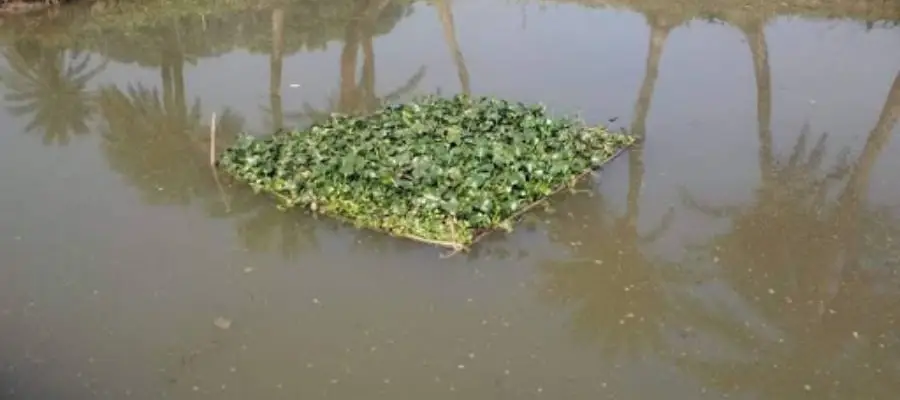
Temperature is a critical factor in fish farming. Just as fish growth slows down in cold temperatures, excessive or extreme heat creates many problems in fish and shrimp ponds or water bodies.
Today’s discussion is about the care of fish and shrimp ponds during extreme heat.
Harmful Effects of High Temperatures on Fish/Shrimp Ponds:
- The oxygen (O2) level in the water decreases.
- The level of ammonia gas (NH3) in the water increases.
- The pH balance of the water becomes unstable.
- Excess heat kills the fish’s natural food sources (phytoplankton and zooplankton).
- Fish/shrimp become weak, reducing their movement.
- Their digestion weakens, leading to decreased food intake.
- Higher temperatures increase organic matter in the water, encouraging the growth of various parasites and harmful microbes.
- Red spots may appear on the fish’s body, and fish may die.
- The slime layer on the fish decreases, making their bodies rough and more vulnerable to harmful parasites and microbes.
Steps to Protect Fish/Shrimp from High Temperatures:
- Maintain a minimum pond depth of 5 feet.
- Cover about 10% of the pond surface with water plants like water hyacinth or use bamboo structures covered with coconut leaves or banana leaves to keep the water cool so the fish can stay in cooler areas.
- Between noon and 3 PM, supply water from deep tube wells to increase water depth and lower the temperature.
- In the morning, add 200-250 grams of salt or 100 grams of vet saline per decimal of pond area to the water.
- Use aerators/blower machines during midday and at night to increase oxygen levels, or apply oxygen tablets at a rate of 10-12 grams per decimal.
- Reduce or even temporarily stop feeding until the water temperature returns to normal. If necessary, feed small amounts in the morning or after sunset.
- Until the temperature normalizes, mix vitamin C (2-3 grams per kg of feed) with their food.
- Avoid transferring fry during the day; if necessary, do it with extreme caution.
Steps for Fry/Nursery Ponds in High Temperatures:
- Release fry in the morning or evening, i.e., during cooler times.
- Before releasing, keep the fry in glucose-mixed water for a while.
- Provide less food than usual in fry ponds.
- Provide shelter with water hyacinths, coconut leaves, or banana leaves so fry can take refuge from the heat.
- Continue adding vitamin C to their feed until the temperature returns to normal.

